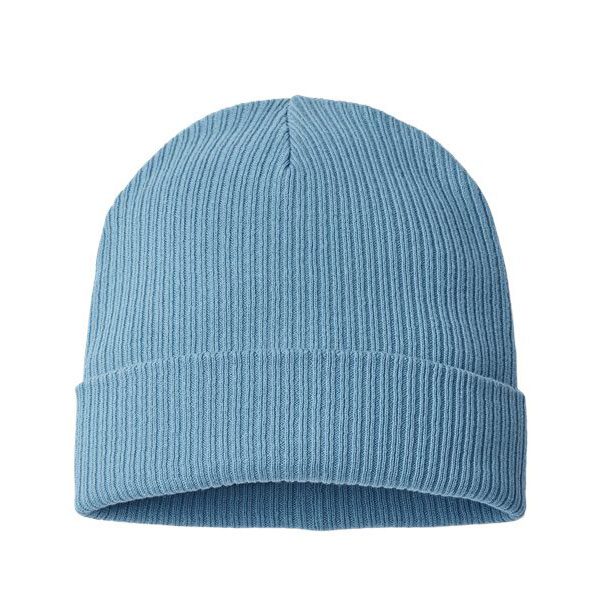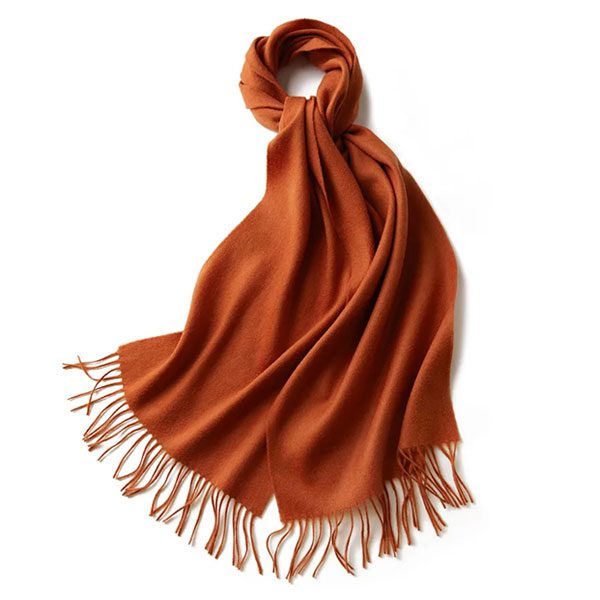ECO-FRIENDLY APPAREL
A Pathway to a Greener Future







The apparel industry is a multi-billion dollar machine and it will take a lot of consumer rejection to affect change. Bottom line, read labels and understand the difference between what’s true and what’s not. Make environmental purposeful buys, better quality buys (which will last longer) so you buy less.
100% Cotton

Cotton is a natural fiber, making it biodegradable and breaks down into non-toxic substances. It is more affordable than organic cotton.
Organic Cotton

Organic cotton is more expensive than conventional cotton due to the higher costs associated with organic farming practices and certification. Organic cotton is softer and more durable enhancing its quality. There is a growing market for organic cotton, encouraging more sustainable practices in the textile industry.
Bamboo

Bamboo is making waves in the apparel industry by offering a unique blend of comfort and sustainability. It is a soft, moisture-wicking fabric and not only drapes beautifully but also features natural antimicrobial properties. As consumers increasingly seek eco-friendly options, bamboo is poised to compete with traditional poly blends and attract those looking for both style and sustainability in their wardrobe. With its innovative approach, it’s set to redefine comfort in clothing while prioritizing the planet.
Hemp

Hemp is one of the most environmentally friendly and economically efficient all-natural fibers; it requires less water, grows quicker, cleans the air, and regenerates the soil, bringing life to an under-appreciated plant. It is 100% biodegradable so definitely earth friendly. Hemp has many of the same properties as its cousin, bamboo. Both are excellent choices for apparel.
Tercel (Lyocell)

Tencel is one of the most sustainable fibers because it’s harvested from certified wood sources and is fully compostable and biodegradable. It has earned a BioPreferred designation from the U.S. Department of Agriculture, which is only granted to products made from renewable resources. It is often combined with other natural fibers like cotton, wool and silk.
Linen

Linen is one of the most biodegradable and stylish fabrics in the fashion history. It’s strong, quick-drying, naturally moth resistant, and when untreated it is fully biodegradable. Its naturally-occurring colors include ivory, ecru, tan, and grey.
Silk

Silk, in terms of environmental impact, requires large amounts of water and energy, as well as the use of pesticides and chemicals in the production process. Luxurious and long-lasting, which over time…per wear makes them a wiser choice than their synthetic imitators.
Cashmere

Cashmere fiber has long been popular due to its extremely soft texture, its warmth and the way it drapes. It is biodegradable and recyclable. To be labeled cashmere, there must be a certain amount of cashmere fiber woven into the fabric. Label reading reveals the fabric content which will be reflected in the price of the garment. Once blended with synthetic yarns, it is not biodegradable and presents micro-plastic issues for the environment.
Wool

Wool is biodegradable and recyclable, but is not as soft and luxurious as cashmere. 100% wool garments are very warm and are much more affordable. Wool is often blended with natural or synthetic fibers. Once blended with synthetic fibers, it is no longer biodegradable and presents micro-plastic issues for the environment.
GREENWASHING IN APPAREL
Greenwashing in the apparel industry is when companies exaggerate or falsely claim to be environmentally friendly to attract eco-conscious consumers, without making substantial changes to their practices. This can involve misleading marketing, vague claims, or focusing on a single *green* aspect while ignoring other environmentally harmful practices.

Examples of greenwashing in apparel:
- Vague Labels: Terms like “eco-friendly,” “natural,” or “sustainable” can be used without specific details or certifications. Without clear definitions or third-party verification, these terms can be misleading.
- Token Efforts: Brands might highlight a small, positive change (like using recycled plastic bottles) to distract from more significant environmental issues, such as high levels of waste or poor labor practices.
- False Certifications: Some companies might create their own certifications or use unverified labels to give the impression of sustainability.
- Focus on One Aspect: Emphasizing one “green” feature (like organic cotton) while ignoring other problematic areas, such as water-intensive production processes or unethical labor practices.
- Misleading Imagery: Using green colors, nature-related imagery, or phrases like “earth friendly” in marketing materials without substantial evidence of sustainable practices.
DEVELOPING TEXTILES
There are many innovative fibers being developed that aim to reduce environmental impact and address pollution concerns. These new materials often focus on sustainability, biodegradability, and reduced ecological footprints. Sustainability has become a key focus in the apparel industry and the luxury brands are leading the way prioritizing eco-conscious practices to meet consumer demand. Examples of new textiles include:
Tencel (Lyocell): Made from sustainably sourced wood pulp (usually from eucalyptus, beech, or spruce trees), Tencel is biodegradable. Of all the new fabrics, Tencel is currently widely used because of its affordability, and is frequently blended with other fabrics.Piñatex: Piñatex is made from pineapple fibers and is generally priced similarly to high-quality synthetic leathers. While it can be more expensive than conventional synthetic materials, it is often competitively priced compared to premium leather alternatives. As production scales up, costs are expected to decrease.
Algae-Based Fabrics: Algae-based fabrics are still relatively new and may be more expensive due to the cost of research, development, and production. As technology matures and production scales up, prices are expected to become more competitive.
Banana Fibers (Banana Silk): Banana fibers can be more expensive than conventional fabrics due to the labor-intensive process of extracting and processing the fibers. However, prices may become more reasonable as production methods improve and demand increases.Mushroom Leather (Mycelium): Mycelium-based materials are currently priced higher due to their novelty and the cost of production technology. However, as the technology becomes more widespread and production processes are optimized, costs are expected to decrease.
Recycled Fibers: The cost of recycled fibers, such as recycled polyester, can vary. In some cases, they are comparable to or slightly higher than virgin synthetic fibers due to the additional processing required. However, increased adoption and efficiency in recycling processes could drive prices down. Though recycled, these fabrics release microplastic when worn and washed, contributing to the microplastics in our oceans.


In the meantime, read apparel labels. When purchasing polyester and other synthetic apparel, or apparel made from recycled plastic, do the planet a favor by washing these items in a Guppyfriend® Washing Bag (available online).